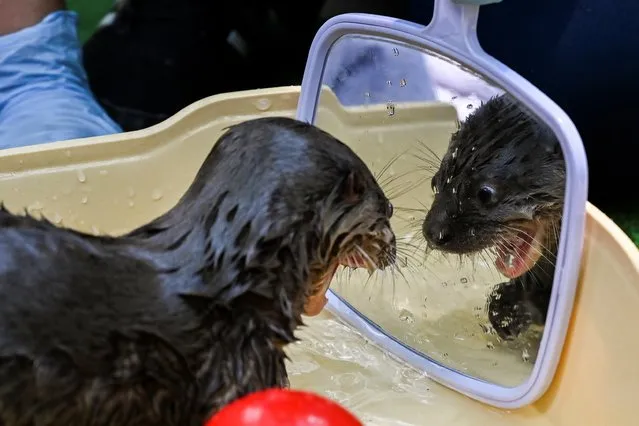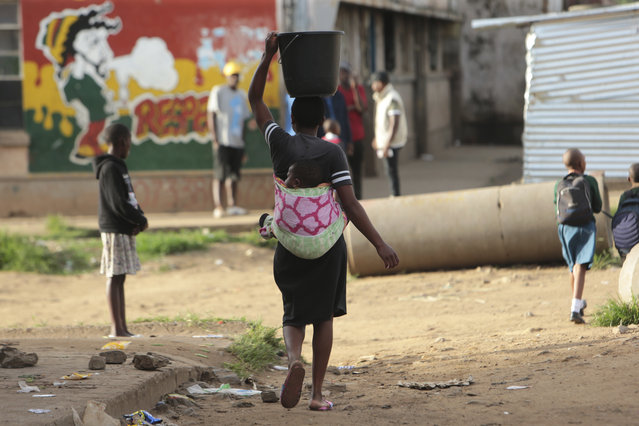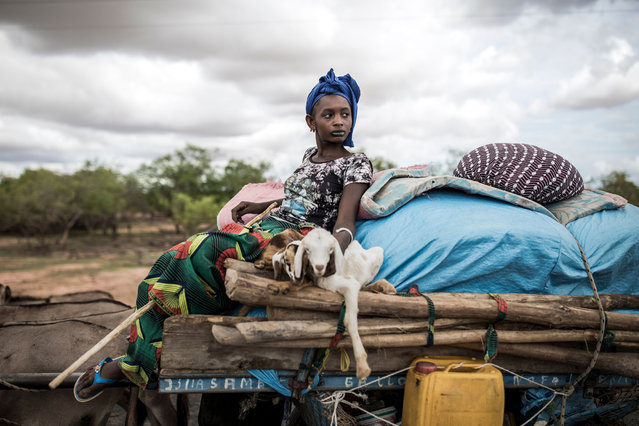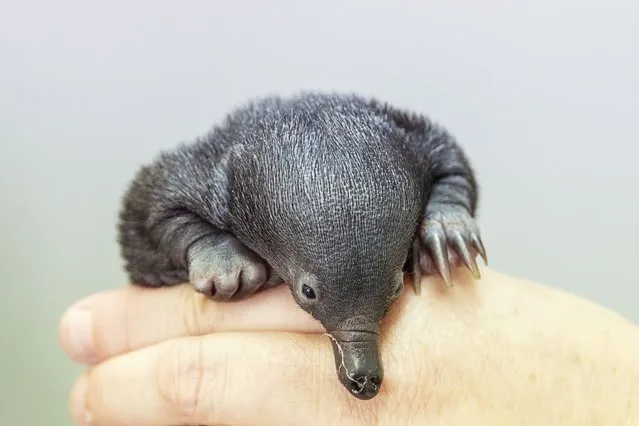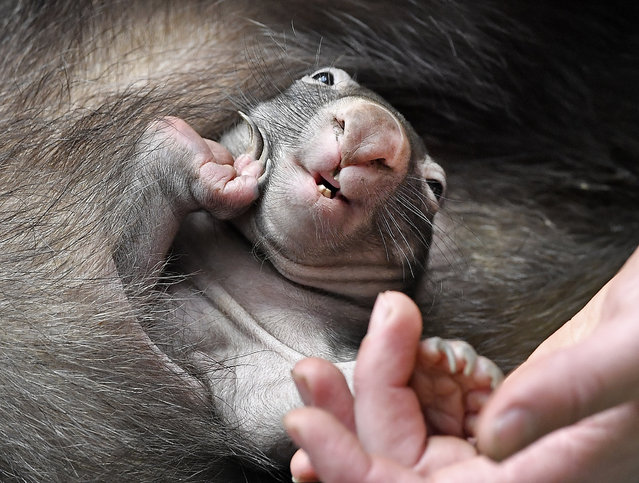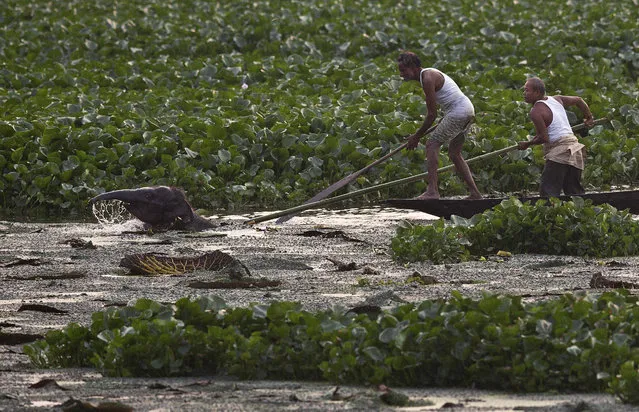
In this Friday, May 10, 2019, file photo, rescuers help a baby wild elephant cross the wetland to return to the forest at Deepor Beel wildlife sanctuary in Gauhati, India. The elephant had gotten stuck in the waters of Deepor Beel after it was separated from a herd of wild elephant that came down in search of food last night. (Photo by Anupam Nath/AP Photo)
23 May 2019 00:05:00,post received
0 comments

